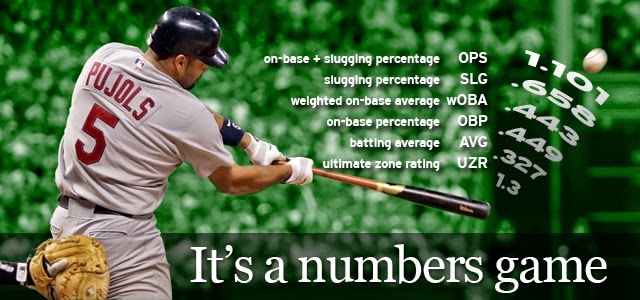As you read our daily commentary on the bets we post, you’ll notice many different strategies and approaches we take in our thought process of formulating bets. One particularly interesting strategy involves using conditional probability to establish a parlay combining a pitcher’s hits allowed and the opposing team’s runs scored. Let’s dive into how conditional probability works and how it can be employed in the world of MLB prop bets.
Understanding Conditional Probability
In essence, conditional probability refers to the likelihood of an event occurring given that another event has already happened. In the context of our MLB prop bets, the two events could be “Pitcher A allows X hits” and “Team B scores Y runs.” The conditional probability would then represent the chance of Team B scoring Y runs, provided that Pitcher A allows X hits.
Constructing a Parlay with Conditional Probability
A parlay bet is one where you place a single wager on multiple outcomes, all of which must win for you to cash in. So, how do we build a parlay using conditional probability with the variables of pitcher hits allowed and opposing team runs scored?
Let’s illustrate with a practical example.
Consider a game between Team A and Team B. The star pitcher for Team A, Pitcher A, has a record of allowing an average of 4 hits per game. Meanwhile, Team B, when facing pitchers with similar stats, scores an average of 3 runs per game.
To set up our parlay, we’d look at the conditional probability of Team B scoring 3 runs, given that Pitcher A allows 4 hits. Using historical data and statistical analysis, we can calculate this.
Assuming we’ve found that in the past, whenever Pitcher A allows 4 hits, Team B scores 3 runs 50% of the time. This becomes the conditional probability (P(Team B scores 3 | Pitcher A allows 4)) = 0.50.

Enhancing MLB Prop Bets Using Conditional Probability
Why is this useful for MLB prop bets? Using conditional probability can provide more insightful predictions. Instead of treating each part of the parlay as an isolated event, you’re considering the impact one event might have on the other. This nuanced approach can provide a competitive edge and create more lucrative betting opportunities.
Importantly, it’s crucial to remember that while using conditional probability can increase your chances of winning MLB prop bets, there are still many variables in play that can influence the outcome of a game. Baseball, like all sports, can be unpredictable, and even the most robust statistical models cannot guarantee success.
Yet, the intriguing aspect of using conditional probability to make MLB prop bets is that it provides an advanced statistical approach to the game. Betting enthusiasts who have a good understanding of these statistical concepts will find a greater depth of enjoyment in the challenge of predicting these outcomes.
As you dive deeper into the world of MLB prop bets, take the time to understand conditional probability, and you may just find yourself seeing the game in a whole new light. With the right knowledge, sports betting can become less about luck and more about strategic analysis and informed decision-making.
To wrap up, using conditional probability to construct a parlay bet involving a pitcher’s hits allowed and the opposing team’s runs scored is an innovative approach that adds a new level of excitement to MLB prop bets. This blend of baseball and statistics not only enhances your understanding of the game but also potentially improves your betting success rate.




